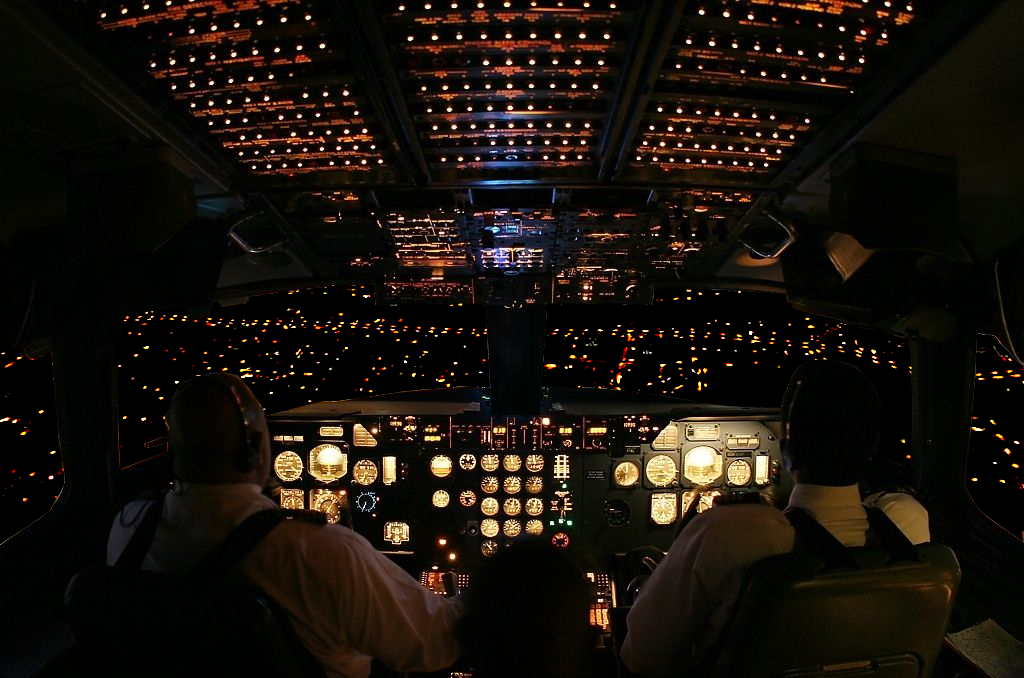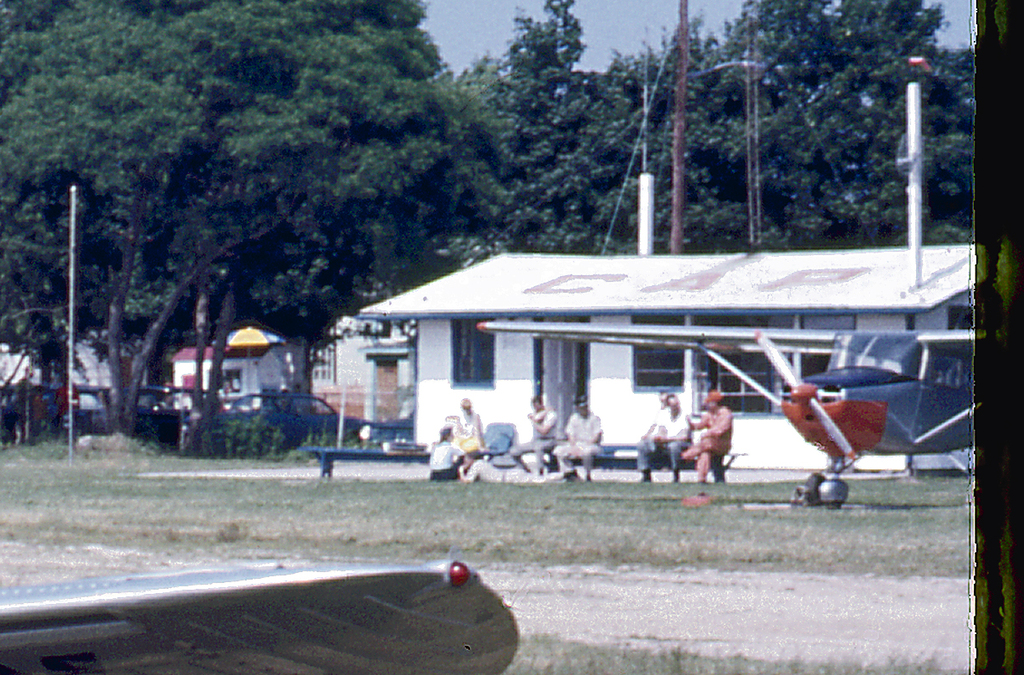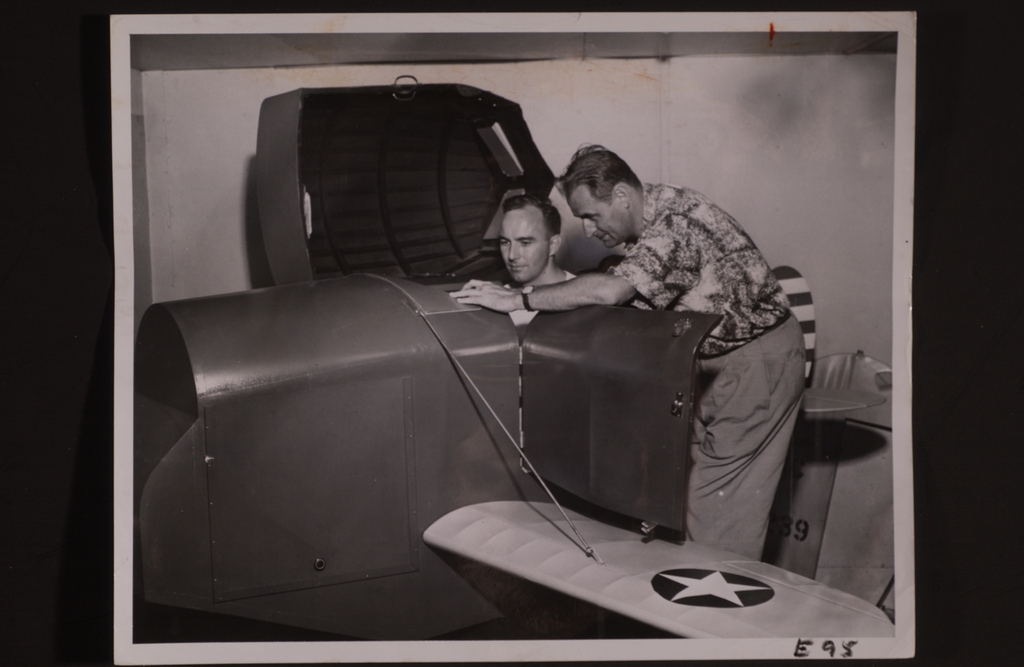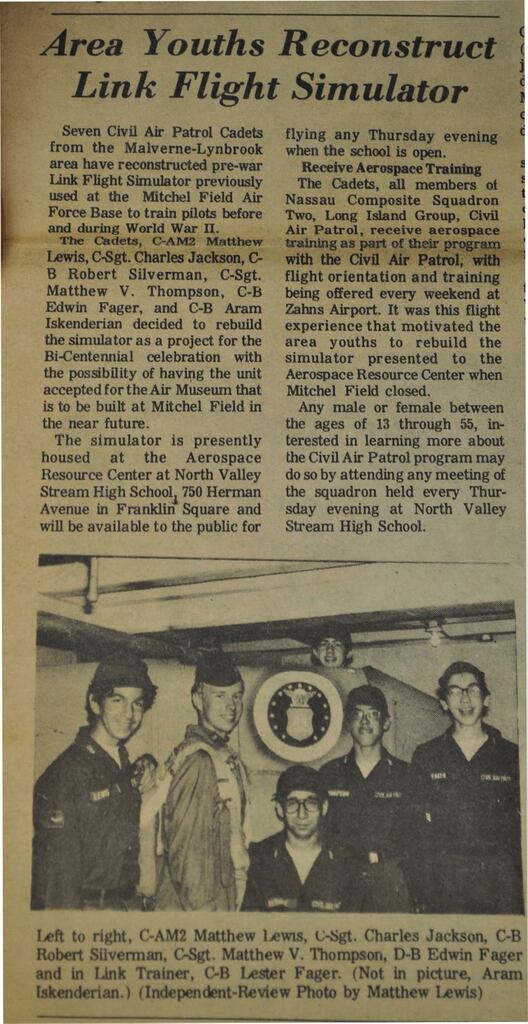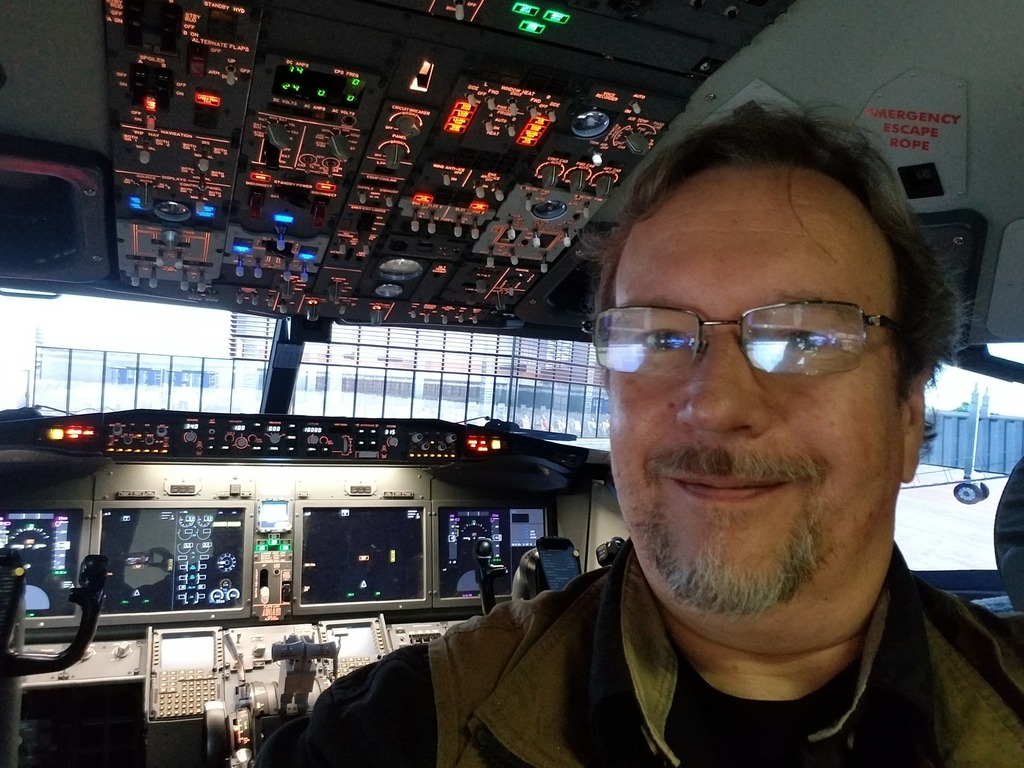Charles Jackson, creator of The Zahns Airport Project
First Simulator
My first flight in a simulator happened when I was 11 years old. My dad, who worked at Eastern Airlines at JFK, took me to work with him, and sat me down to fly an L1011 simulator. What I remember most is that the simulator moved a bit, and could only show nighttime scenery. But it was a pretty amazing piece of technology for the early 1970s.
Zahns Airport
I started The Zahns Airport Project in 2006, which means I have now spent significantly more time building the Zahns Simulation than at the actual airport.
My first encounter with Zahns was as a young Civil Air Patrol cadet in the mid-1970s. I spent many weekends there, assisting with the radios, helping at the Flight Ops desk, and hoping for an Orientation Flight from one of the local CAP pilots.
In 1977, I earned my private pilot’s license at Zahns, and today I’m one of the CAP pilots who flies those eager cadets.
The Link Trainers
A year or two after our first encounter with Zahns, several other cadets and I were invited to restore the Amityville Flight School’s AN-T-18 Link Trainer, which had fallen into disrepair over the years.
We had recently restored a similar Link Trainer for the Valley Stream (NY) CAP squadron. (After restoration, that Link trainer was relocated to an aviation museum near Sands Point, NY.)
The invitation from the flight school came shortly after a local newspaper published a small article about our success with the Valley Stream CAP Link trainer.
If you’ve never seen an old “Blue Box” Link trainer, they are extremely interesting mechanical devices. (This YouTube video provides a pretty in-depth look at them.)
At that time (1930s), the state-of-the-art technologies were vacuum tubes, steel cables, push-rods, and vacuum pumps. There was no scenery. Once the pilot was inside, only the instrument panel was visible.
The trainer was able to pitch and roll about 15 degrees in any direction, and could yaw 360 degrees (and more). It could even simulate stalls and spins.
Today, most are in aviation museums as static displays — sadly, few (if any) are still flyable.
Inspired by Zahns
In 2013, I took the X-Plane simulator knowledge that I had been gaining from the Zahns project and created a series of cadet-run CAP search-and-rescue exercises. These missions were identical to actual search-and-rescue exercises, except we used a network of X-Plane flight simulators instead of real airplanes, and that the mission was staffed entirely by cadets.
To add realism to the missions, we added visual “wreckage” to the scenery, as well as ELT signals. I also built a “Becker” Direction Finder for the simulated search planes. Between 2013 and 2015, we ran ten Cadet SAREX missions.
Today
Today, I am the IT Consultant to the Simulation Flight company (Paine Field, WA), where I maintain the computer systems for their DCX-MAX and 737-MAX simulators.
Dad would have been proud!
